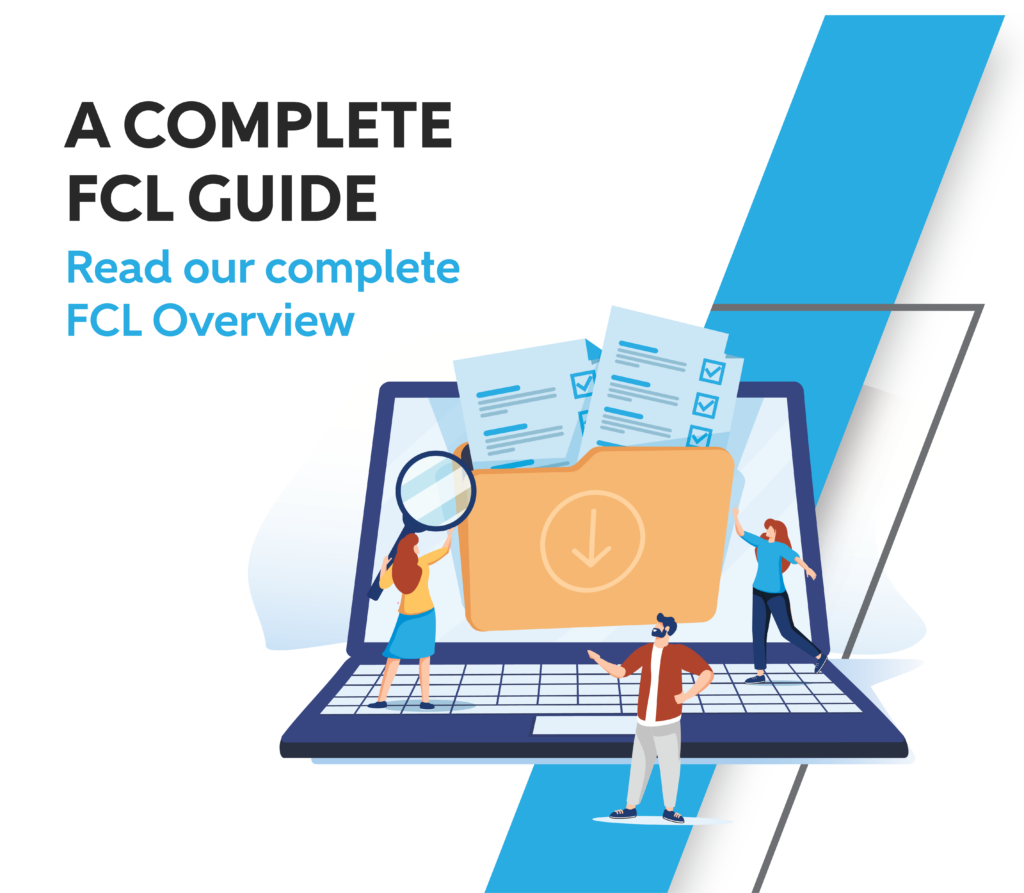Understand derivative classification and how to avoid common mistakes
Derivative classification is the process of creating new classified information from existing classified information, and understanding how to create it can be an important skill for those holding a Personnel Clearance (PCL). Derivative classified information can’t be created by just anyone, but if it’s part of your cleared contract, it’s crucial to know how to make it.

What is Derivative Classification?
Derivative classification can be the incorporating, paraphrasing, restating or generating in new form of information that is already classified. Duplication or reproduction of existing classified information is not derivative classification. All cleared personnel who create material from classified sources are derivative classifiers.
There are three ways derivative classifiers create this information. The first is “contained in,” where classified information is directly incorporated into new material, which means there is no further analysis needed to determine the classification. This can be paraphrased or verbatim information. The second is “revealed by,” where classified information is not directly stated but can be inferred by the information included, so it needs to be classified. The third is “compilation,” where two or more pieces of unclassified information are combined in a way that discloses classified information. Derivative classifiers need to evaluate what information they’re creating and determine if it needs to be classified based on existing authorized classification guidance. If you have questions about how to mark the document, you can consult your Facility Security Officer (FSO), and they will help you resolve the issue or identify who you can go to for help.
For companies holding a Facility Clearance (FCL), your DD 254 will show if you will have a need to create derivative classification information. All personnel with derivative classification will need to take a training on how to properly handle and mark this information. If your contract requires working with derivative classification, it doesn’t hurt to have all your employees take this training regardless of whether their current role directly requires it. Personnel can take the course through the Center for Development of Security Excellence (CDSE).
Marking Derivative Classification
Derivative classification is marked based on which parts of the information is classified or unclassified. For any unclassified information, it will have a (U) next to it. Classified information will be portion marked depending on the level of classification, with a (C) for confidential, an (S) for secret and a (TS) for top secret. Portion marking means that the specific information that needs protection will be labeled with the level of classification. This marking will reflect the classification level as determined by the original classification authority (OCA).
The duration specified must respect the duration specified by the OCA and follow the declassification instruction. If there isn’t declassification instruction, apply a standard 25-year duration starting from the date the derivative document was created.
Common Marking Mistakes
There are a few common errors people make when marking derivative classification information. The first is citing “multiple sources” as the source of classification but not actually including a list of these sources. This list of sources should be attached to the new document. Someone receiving the information may need to reference the sources for important context or further knowledge.
The document may also leave off the identification of the OCA or derivative classifier. This identification is important for accountability so that people can ensure the person creating the document had the authority to do so. Make sure to include both the name of the classifier as well as their position.
Another issue is not portion marking the document. Knowing the classification levels of portions of the document is what allows you to determine the overall classification level of the document. It also makes it so that if derivative classification is created from the document in the future, that classifier knows the level of classification of the specific information they’re pulling. Similarly, some people forget to add the overall classification marking of the document.
While some of these errors may be small, they can have a huge effect, especially if information continues to be derived from the materials created in this process. If one document is marked incorrectly, everything after it will be as well.
Working with classified information can be daunting, but it doesn’t have to be a painful process. If you’re an FSO juggling multiple responsibilities who needs someone to handle tedious tasks like PCL management so you can focus on what really matters, Adamo’s FSO support services may be the right fit for you. Our team of experts can help you navigate reviews, oversee employee clearances and run annual briefings. Contact us today to learn more about how we can empower you to be the best FSO you can be.



